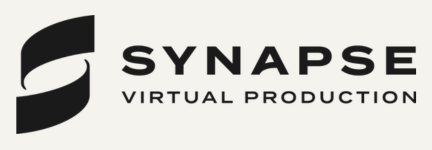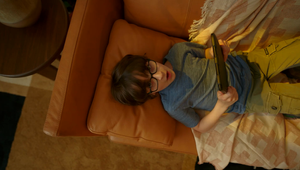
The Publicis Groupe Canada and POV Film Initiative Bringing Advertising Training to BIPOC Talent

At a time when DEI is being rolled back in far too many places, and BIPOC individuals remain significantly underrepresented in advertising, media and communications, Publicis Groupe Canada and production company POV Film have decided to take action. Officially announcing their joint endeavour, the ‘Advertising Training Program’ (ATP), last week, the two have brought a free, first-of-its-kind initiative to Toronto – one designed to equip young BIPOC creatives (aged 18-30) with the tools and experience to make it in the Canadian industry.
With the inaugural cohort having just finished its three-month run-through, it appears that ATP is doing everything it can to ensure future success. While the curriculum was developed with input from industry experts, the leadership teams will be taking feedback from this initial outing to bolster the offering for future classes to come. Additionally, ATP is putting out a call to other Canadian leaders to get involved in shaping future iterations of the programme, all with the hopes of giving the best possible resources to participants, and ensuring that the future of this country’s creative industry reflects the society it serves.
To learn more about how all of this has come together, the logistics of the programme, and how ATP will be expanded in the future, LBB’s Jordan Won Neufeldt sat down with Publicis Groupe Canada’s head of diversity and inclusion, Stephanie McRae, as well as POV Film’s executive director, Biju Pappachan, for a chat.
LBB> Congratulations on the launch of ATP! Why was this something Publicis and POV Film wanted to create, and what does this initiative represent, both on a business and personal level?
Stephanie & Biju> ATP was born out of a shared recognition that Canada’s advertising and media industries do not yet reflect the diversity of the communities they serve. For both our companies, it was both a responsibility and an opportunity to change that. Professionally, it’s about fixing the fragmented talent pipeline. Personally, it’s about opening doors that, for too long, have been closed to BIPOC creatives.
This initiative is a commitment not just to diversity, but to equity and access. Advertising in Canada should look like Canada, and right now it doesn’t. So, ATP was designed to nurture the next generation of creatives from communities that have historically been left out. We see it as a call to action, and an invitation to build a more inclusive advertising sector.
LBB> What was the programme development process like? How long was this in the works for, and how did you ensure the final product could have a tangible, real impact on the lives of BIPOC creatives?
Stephanie & Biju> ATP has been in development for over three years. The foundation came through listening, facilitated roundtables, research, and one-on-one conversations with BIPOC creatives across Toronto. That feedback was paired with system-mapping reports conducted by POV, identifying tangible barriers like gatekeeping, reliance on unpaid internships, lack of transparent hiring practices, and a shortage of diverse decision-makers.
Rather than build a generic training program, we co-designed ATP to specifically dismantle those barriers. Publicis brought the industry networks, POV brought the community trust and grassroots expertise, and together, we created something practical, not performative. The result is a programme rooted in lived experience and tailored for long-term impact.
LBB> You mentioned using feedback and experiences of BIPOC creatives to shape the programme itself – what was this process like? What did you learn, and how did you incorporate these things into your offering?
Stephanie & Biju> We learned that BIPOC creatives often feel like outsiders looking in. There’s a lack of transparency in how to enter the industry, limited access to social capital, and too few role models who look like them. Many said they simply didn’t know where to start, or worse, thought they didn’t belong at all.
So, we addressed this directly; ATP integrates mentorship, demystifies agency structures, and embeds soft-skill development alongside technical training. We make sure participants meet and learn from professionals who reflect their own identities. It’s a complete learning experience that takes the cohort from the classroom to the office, with every element built to mirror the real-life barriers participants told us about, and offer solutions.
LBB> With that in mind, what all does the programme include? What can prospective creatives expect from this offering?
Stephanie & Biju> Participants dive into advertising foundations, strategy, storytelling, media planning, and public relations over the course of their three months in the programme. They attend industry days, tackle real-world briefs, and build a professional portfolio. They’re also matched with mentors and gain direct access to Publicis’ talented teams.
For the pilot cohort, highlights included a live pitch challenge in collaboration with industry partner Canadian Tire, and structured work placements within Publicis Groupe agencies. By the end, each participant walked away with one to three portfolio-ready pieces, new industry connections, and the confidence to pursue entry-level positions such as copywriter, art director, media planner, strategist, or PR roles, or some additional focused training at the post-secondary level.
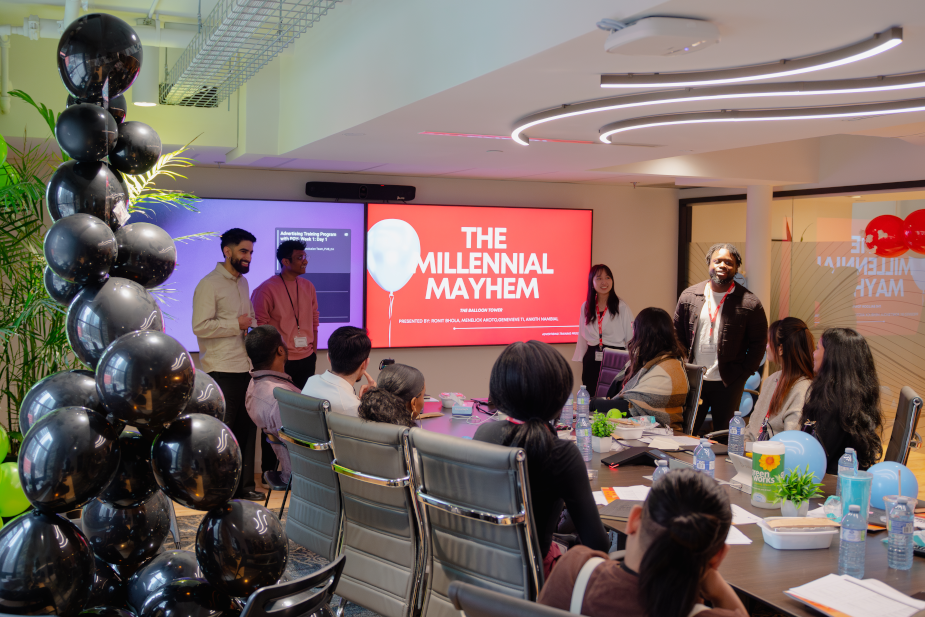
LBB> Given that you’ve just wrapped up the pilot programme, which started in May, how did everything go? Did you learn any lessons along the way?
Stephanie & Biju> It exceeded expectations. The energy, creativity, and growth we saw in the cohort were remarkable. Participants told us ATP gave them access to an industry they had previously considered out of reach. And, their feedback confirmed the programme is doing exactly what we hoped: building skills, building confidence, and building community.
We also learned that 12 weeks goes by fast. Some technical areas could use more depth, and we plan to tailor future streams more closely to each participant’s interests. In fall, we will be reviewing formal feedback we received from the participants, and start planning for future cohorts.
We are also happy to report that two of the participants have accepted full time roles within the Groupe, while a few others are actively in the midst of interviewing for other roles. Additionally, we are providing full scholarships to three participants who have chosen to pursue more focused studies at the post-secondary level, after they identified their career path thanks to the programme.
LBB> Given that you’ll be reviewing feedback in the fall, when will you be restarting the programme for the next cohort? And do you already have plans for the next iteration?
Stephanie & Biju> The next cohort is planned for 2026, and we’re making enhancements based on what we learned this year. In particular, there’s already plans for an emphasis on more focused mentorship, deeper technical training, and expanded partner involvement.
We’re also exploring ways to include agencies across Toronto, and are developing new partnerships for client-led challenges. ATP is built to grow, and the next version will be even more dynamic and responsive to the growing labour demands of the advertising sector.
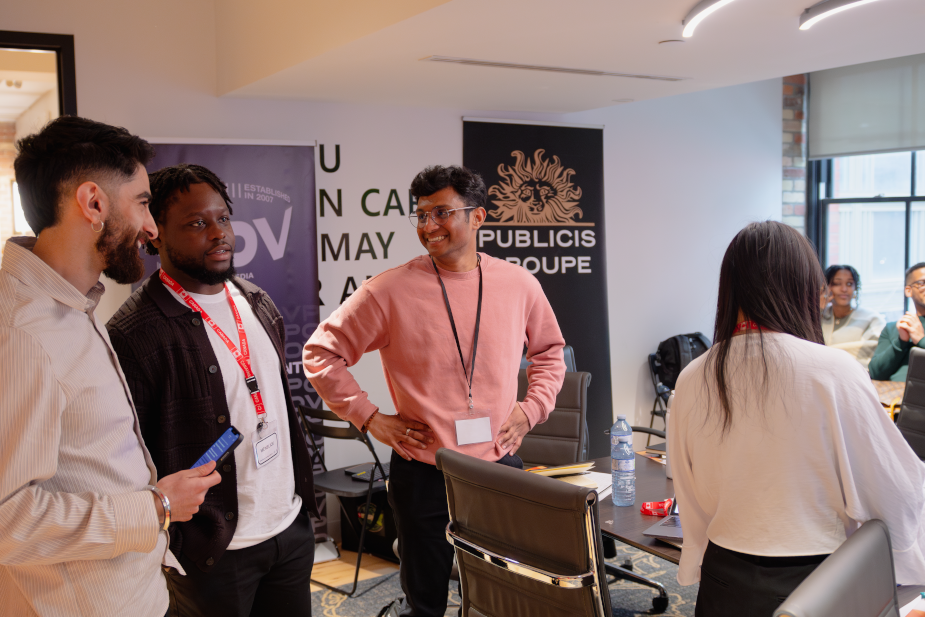
LBB> Given your interest in expanding the programme across Toronto, what should veterans wanting to get involved consider, and how can they do so?
Stephanie & Biju> First, thank you; we need you! Industry veterans can make an enormous impact as mentors, guest speakers, or placement hosts. Even dedicating a few hours to coaching or reviewing portfolios can be transformative for a new creative from the ATP.
We also welcome collaboration in any form: mentorship, in-kind support, guest lectures, or even sponsoring future cohorts. Reach out through Publicis Groupe Canada or POV Film, and we’ll find a meaningful way to get you involved.
LBB> Looking to the future, will you be aiming to spread this initiative outside of Toronto? Considering the diversity of Canada, and Publicis’ extensive reach, what might this look like?
Stephanie & Biju> Absolutely. Our aspiration is to make ATP national. The systemic barriers we’re addressing exist far beyond Toronto. The long game is a country-wide ecosystem of training, mentorship, and placement that reflects the full diversity of Canada.
Also, while ATP was designed in Canada, the model is absolutely scalable to an international level. The barriers are unfortunately universal, whether in Toronto, Paris, or New York.
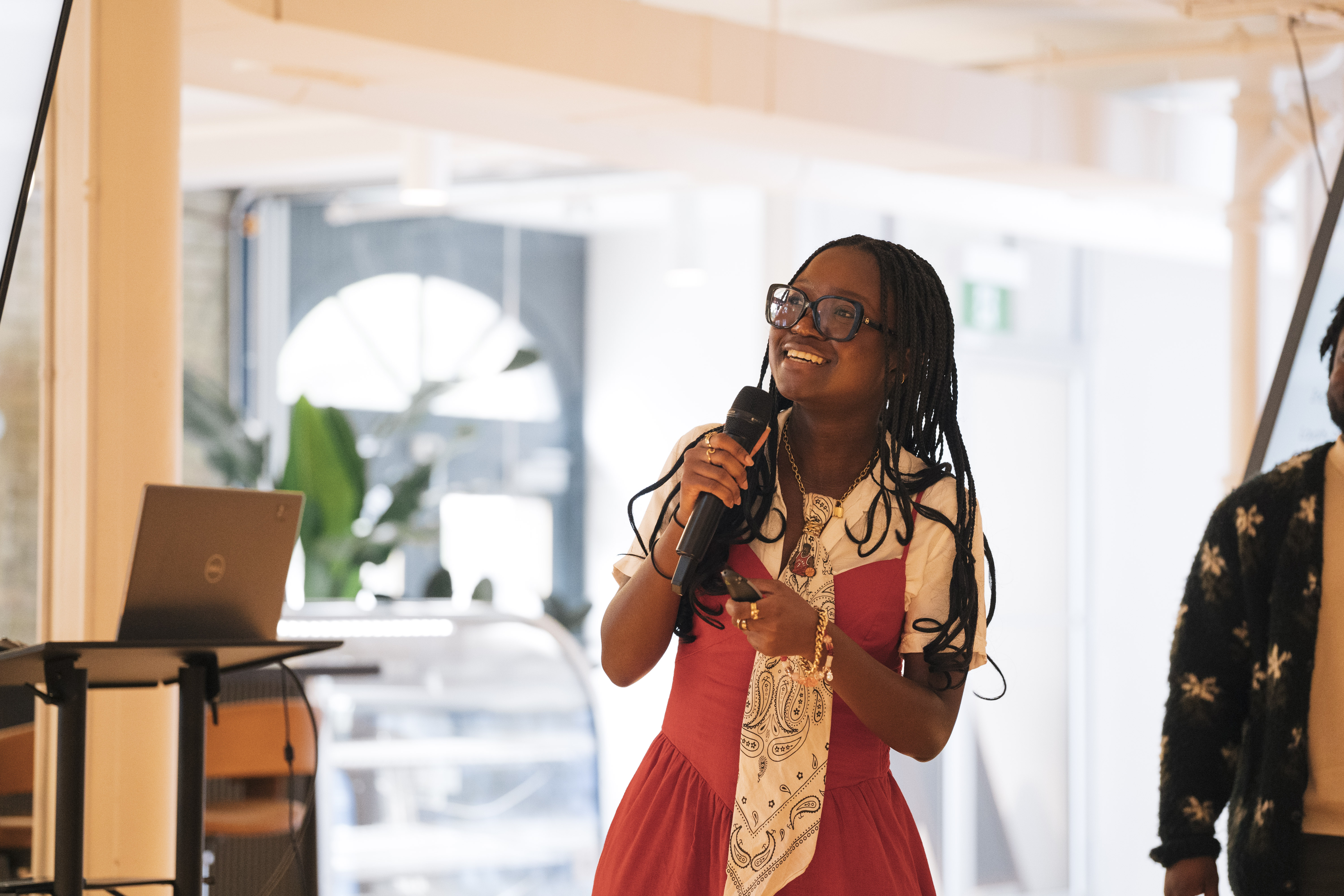
LBB> Finally, in the spirit of calling people to action, is there anything you’d like to say about ATP, or its importance?
Stephanie & Biju> ATP is not just a programme; it’s proof that the industry can do better and is actively doing better. We often say, “You can’t be what you don’t see”. ATP helps BIPOC creatives not only see themselves in the industry, but see themselves thriving within it.
To anyone in the industry reading this, get involved! Contribute financially to this programme. Mentor a new creative. Advocate for more inclusive hiring within your agencies. We’re building the future of advertising, and it’s one where talent and creativity are not limited by background. It’s a future where Canada’s campaigns reflect all of Canada’s people. Let’s keep the momentum going!






